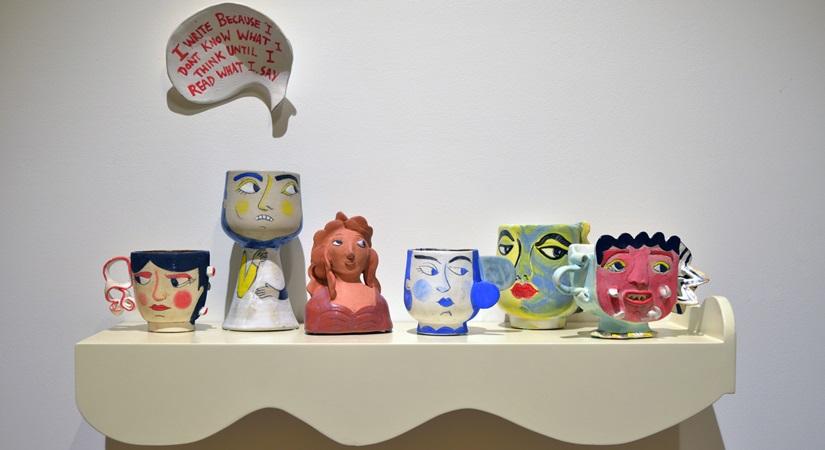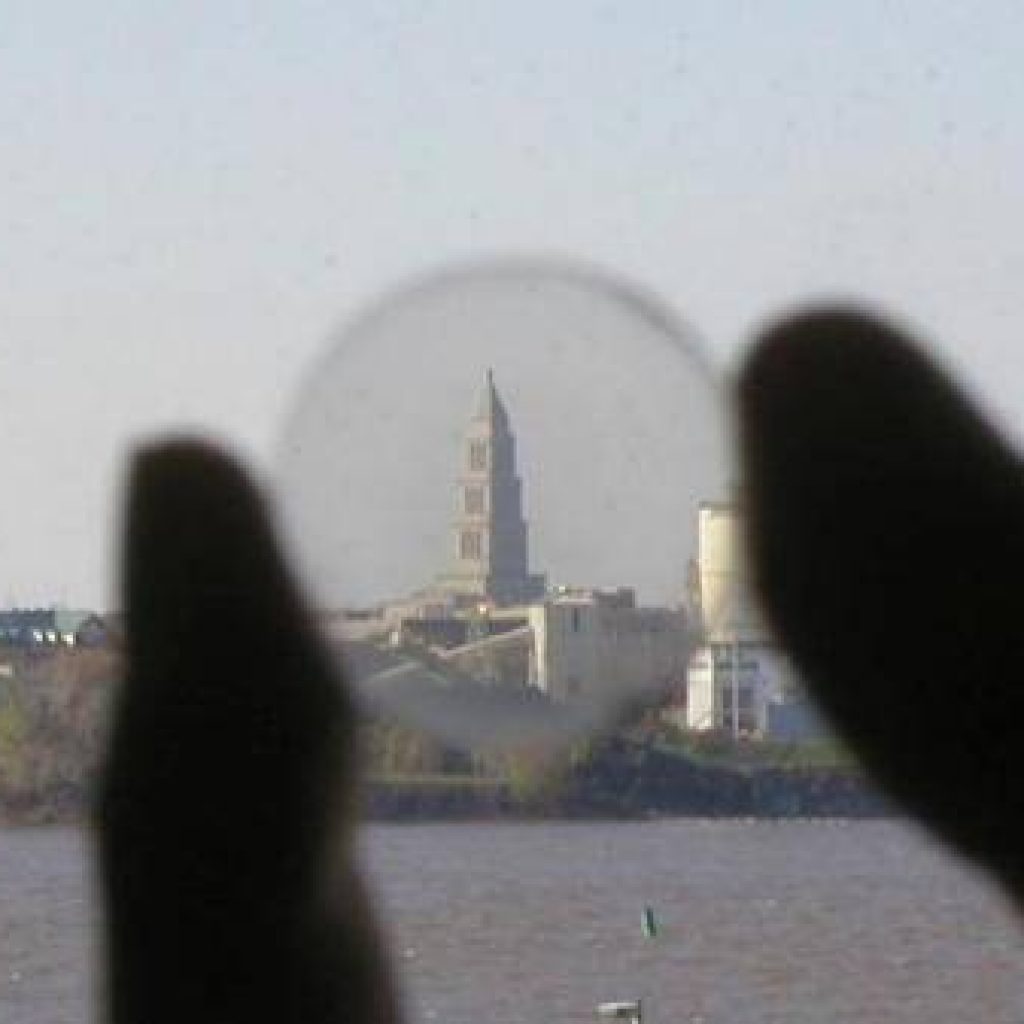Vinod Daroz’s ceramic gold bar installation is a testament to the integration of creative processes and philosophical foundations…reports Asian Lite News
The Art Alive Gallery’s new group show titled ‘Immersive Infinities’ being held in the national capital features works of six artists that allow the audience to experience ceramic art through the prism of immersive experiences while narrating stories of history, politics, nature, environmental concerns, community, and more.
On till December 15, 2023, the group show features works of Vinod Daroz, Thomas Louis, Rakhee Kane, Shirley Bhatnagar, Shweta Mansingka, and Partha Dasgupta.
Talking about the curatorial framework, the show’s curated Kristine Michael says: “The artist as storyteller takes the audience on a journey tapping into an emotional memory or truth – both literally and metaphorically. An immersive experience is transformative – a conduit to take you by the hand into a new vision created by the artist in an intimate spatial environment through visual and tactile delights.”
“This exhibition allows the audience to experience ceramic works that span a range of topics, from architecture to social justice, the body, the domestic, the political, and the organic, to reclaim the centrality of ceramics as a medium in the world of art,” he adds.
Vinod Daroz’s ceramic gold bar installation is a testament to the integration of creative processes and philosophical foundations.
“Objects of Me” is an immersive experience created by Rakhee Kane, who borrows from her journey and uses art as a medium to take viewers into her world. She uses space to explore the impermanence of relationships, mirroring the natural cycles of life.
Shirley Bhatnagar’s art is a fascinating blend of ancient pottery traditions and contemporary sensibilities. Her work ‘Not Exactly Human’ becomes a vessel for storytelling, human-animal interplay, and the creation of a unique, otherworldly experience in a world dominated by mass-produced and impersonal materials.
Shweta Mansingka’s art draws inspiration from the Advaita philosophy which attributes the potential and completeness of infinite creation to each atom. ‘Locked Vulnerabilities’ is a contemplative ceramic wall installation that delves into the human experience of vulnerability. Her other work, ‘Circle with Many Centers and No Circumference’ challenges conventional notions of structure and form.
Thomas Louis’ (‘Guardian Spirit’) perspective underscores the interplay between vulnerability, resilience, and our relationship with the environment.
ALSO READ-Balancing Tradition and Modernity in Festive Home Décor



